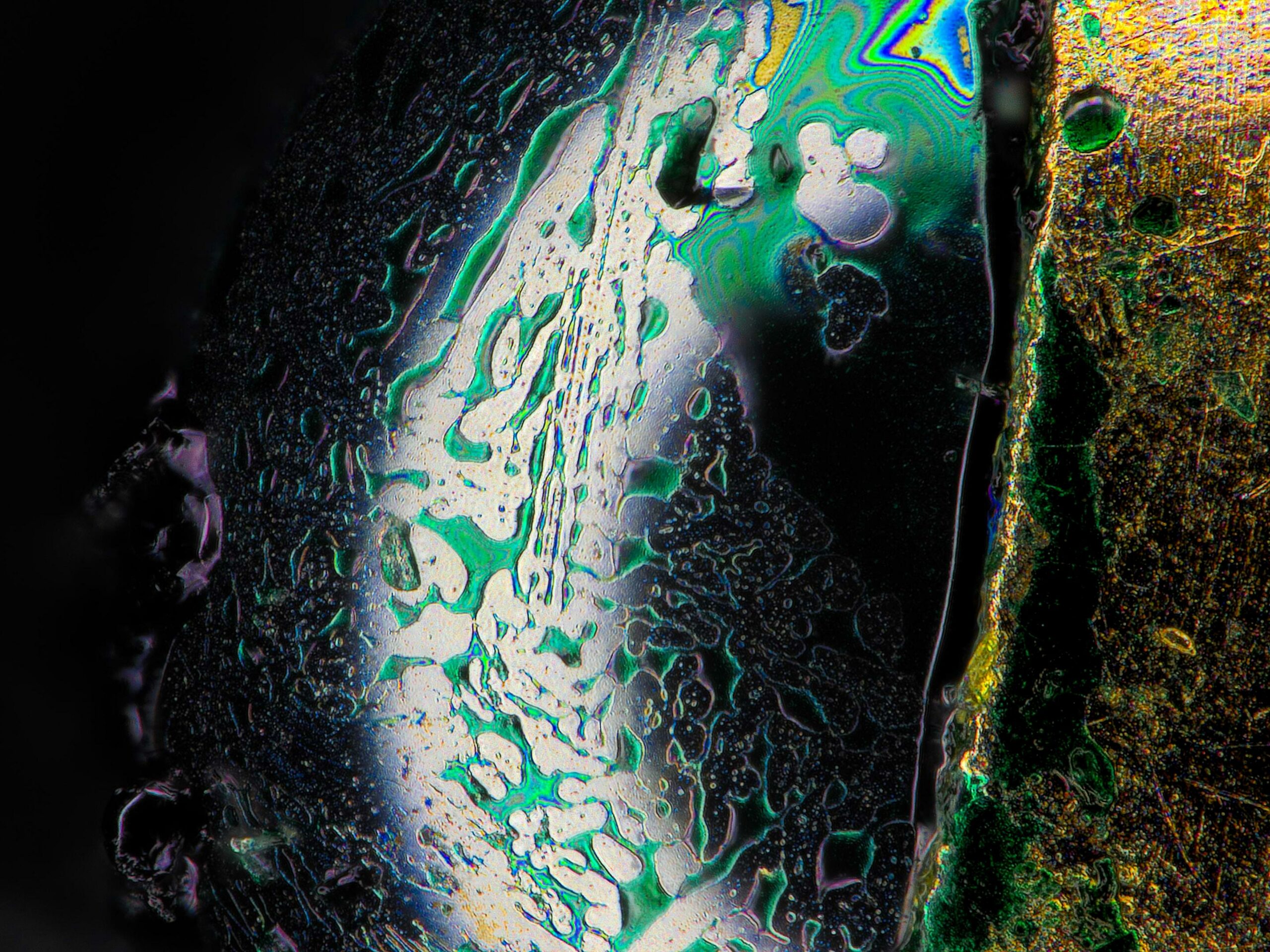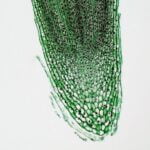Are you ready to unlock the secrets hidden in the microscopic world? Get ready to delve into the fascinating realm of microscopes as we uncover five mind-blowing facts that will revolutionize your understanding of these incredible devices. From the tiniest details of biological structures to the awe-inspiring wonders of the universe, we will explore the diverse applications and mind-boggling capabilities of microscopes. Get ready to be captivated by the intricate world that lies beyond our naked eye as we embark on this enlightening journey. Prepare to be amazed by the astonishing revelations that await you in this article, where we reveal five captivating facts about microscopes.

5 Facts About Microscopes
Microscopes are indispensable tools in the field of scientific research, allowing us to delve into the hidden world of the microscopic. In this article, we will uncover five fascinating facts about microscopes that will astound and intrigue you. So, let’s dive in and unlock the secrets of these incredible devices.
Fact 1: The First Microscopes Were Used to Study Insects
Did you know that the first microscopes were primarily used to study insects? During the early 17th century, scientists like Robert Hooke and Jan Swammerdam used simple microscopes to examine the intricate details of insects. These pioneering observations paved the way for further advancements in microscopy and opened a window into a vast realm of microscopic life.
“By peering through the lens, scientists were able to unlock the hidden intricacies of insects, revolutionizing our understanding of the natural world.”
Fact 2: The Term “Microscope” Was Taken to Honor Galileo Galilei
The word “microscope” has an interesting origin. It originated in the 17th century to honor the renowned Italian scientist Galileo Galilei. The term combines the Greek words “micros,” meaning small, and “skopein,” meaning to see. Galileo’s groundbreaking work in astronomy and optics laid the foundation for the development of microscopes and the study of the microscopic world.
“In a fitting tribute to Galileo’s contributions, microscopes continue to enable us to see what was once invisible to the naked eye.”
Fact 3: The First Cell Discovery with a Microscope Was Made by Robert Hooke
Robert Hooke, a 17th-century scientist, is credited with making the first cell discovery using a microscope. In 1665, Hooke examined a thin slice of cork under his microscope and observed a network of tiny compartments, which he named “cells” due to their resemblance to small prison cells. This groundbreaking observation marked the birth of cell biology and laid the foundation for our understanding of the building blocks of life.
“Hooke’s discovery of cells forever changed how we perceive the fundamental units of life.”
Fact 4: The First Single Lens Microscopes Could Magnify Up to 270 Times
Before the invention of compound microscopes, single lens microscopes were the primary tools for magnification. These early microscopes, such as the ones designed by Antonie van Leeuwenhoek, had a single glass lens and could achieve magnifications of up to 270 times. Despite their simplicity, these microscopes enabled scientists to witness the astonishing complexity of microscopic organisms.
“With their limited capabilities, these single lens microscopes unveiled a world of miniature wonders, showcasing the intricate beauty hidden from our naked eyes.”
Fact 5: The Father of Microscopy Is Considered to Be Antonie van Leeuwenhoek
Antonie van Leeuwenhoek, a Dutch scientist, is often referred to as the father of microscopy. His remarkable skill in crafting high-quality lenses and his insatiable curiosity propelled him to make groundbreaking observations using microscopes. Van Leeuwenhoek’s discoveries included the identification of microorganisms, which he referred to as “animalcules,” and his meticulous documentation of their diverse forms laid the foundation for the field of microbiology.
“Van Leeuwenhoek’s dedication and meticulous observations paved the way for our understanding of the invisible world, forever imprinting his legacy on the field of microscopy.”
These five facts offer us a glimpse into the incredible history and significance of microscopes. As we continue to push the boundaries of scientific exploration, microscopes remain essential instruments, allowing us to unlock the mysteries of the microscopic world and expand our understanding of the universe.
Table 1: Microscope Comparison
| Microscope Type | Magnification Range | Resolving Power |
|---|---|---|
| Compound Microscope | Up to 2000x | High |
| Stereo Microscope (Dissecting) | 10x-100x | Moderate |
| Electron Microscope (TEM and SEM) | Up to millions of times | Extremely High |
| Scanning Probe Microscope | Up to 100 million times | Extremely High |
| Fluorescence Microscope | Up to 2000x | High |
“Understanding the diverse types of microscopes and their capabilities helps us choose the right tool for studying the microscopic world.”
Microscopes have revolutionized the world of science and opened our eyes to the hidden wonders of the microscopic realm. If you’re curious to learn fascinating facts about the microscope, click here to explore our informative article on the subject. Discover the origins, the different types, and the mind-boggling capabilities of this incredible tool. Increase your knowledge and be amazed by the intricate world that lies beyond what the naked eye can see. So, what are you waiting for? Dive into the captivating world of microscopes and uncover the secrets that await you. Click here to begin your journey.
5 Facts About Microscopes
Did you know that the history of microscope invention is a fascinating and captivating journey? From the first simple microscope created by Antonie van Leeuwenhoek to the modern, advanced microscopes we have today, the evolution of this revolutionary scientific instrument is truly remarkable. Intrigued? Discover more about the history of microscope invention and how it has paved the way for groundbreaking discoveries by clicking here: history of microscope invention.
But wait, there’s more! Microscopes come in diverse types and have applications that span across various fields. From compound microscopes used in biology labs to electron microscopes that can visualize objects at an atomic level, the possibilities are endless. If you’re curious to explore the diverse types and applications of microscopes, click here: diverse types and applications of microscopes. You’ll be amazed at the versatility and importance of these incredible tools!
Now, let’s dive deeper into the captivating realm of microscopy. Whether you’re a science enthusiast or simply intrigued by the wonders of the microscopic world, understanding the history and diverse applications of microscopes will surely enhance your appreciation for this incredible scientific tool. So, go ahead and explore the fascinating history of microscope invention and the numerous types and applications of microscopes – you won’t be disappointed!
FAQ
Question 1: What were the first microscopes used to study?
Answer 1: The first microscopes were used to study insects. Researchers used these early microscopes to observe and analyze the intricate details of insect anatomy, leading to groundbreaking discoveries in the field of entomology.
Question 2: Why was the term “microscope” chosen?
Answer 2: The term “microscope” was chosen to honor the renowned scientist Galileo Galilei. Galileo’s innovative work in optics and his contributions to the development of telescopes paved the way for the creation of microscopes. Therefore, the scientific community decided to name this revolutionary instrument after him.
Question 3: Who made the first cell discovery with a microscope?
Answer 3: The first cell discovery with a microscope was made by the English scientist Robert Hooke. In 1665, Hooke used a compound microscope to observe a thin slice of cork and noticed a series of tiny compartments resembling the structure of a honeycomb. He referred to these compartments as “cells,” marking the beginning of cell biology.
Question 4: How much could the first single lens microscopes magnify?
Answer 4: The first single lens microscopes had a remarkable magnification capability, with the ability to magnify objects up to 270 times their original size. These early microscopes provided scientists with a groundbreaking tool to explore the microscopic world in detail.
Question 5: Who is considered the father of microscopy?
Answer 5: Anthony van Leeuwenhoek, a Dutch scientist and tradesman, is widely considered the father of microscopy. In the late 17th century, Leeuwenhoek perfected the design of the microscope and made numerous significant discoveries using his advanced microscopes. His discoveries and meticulous observations laid the foundation for modern microscopy.
















